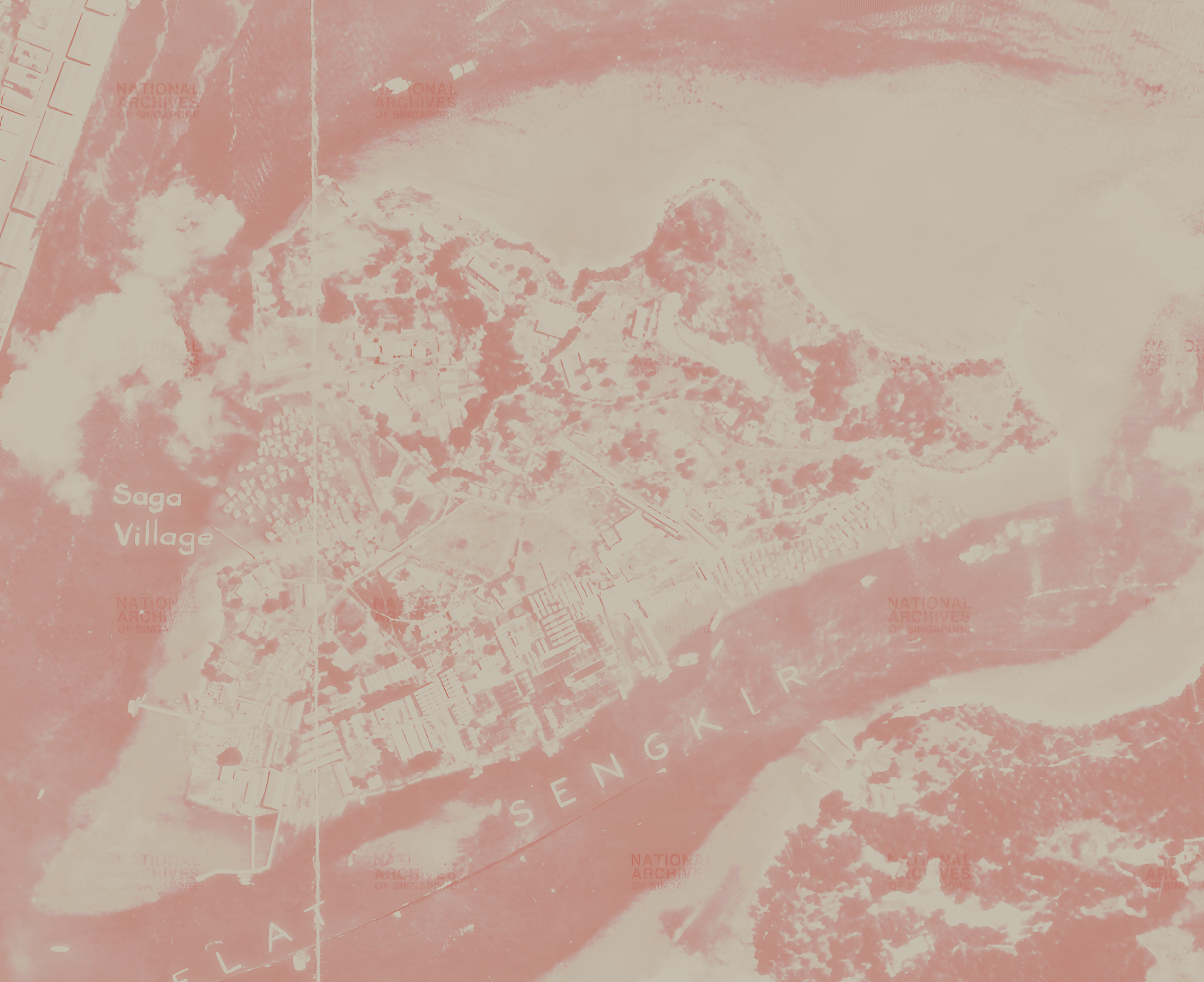
The Orang Biduanda Kallang, also known as the 'Orang Kallang', belonged to the Orang Laut ('Sea People') tribe, a community of sea-based nomads who were the indigenous inhabitants of what is now modern-day Singapore.
According to oral accounts passed down through the descendants of the Orang Kallang tribe, their roots can be traced back to Daik in the Lingga Archipelago and Bangka Island, Indonesia. Historical records indicate that before the British arrived in 1819, the Orang Kallang resided in boats on the Kallang River. Unlike most Orang Laut groups, they displayed little affinity for the open sea and preferred to live at the mouth of the Kallang river, relying on fishing and gathering fresh produce from the surrounding forests for their sustenance. The Orang Kallang had five villages: Kampung Kallang Pasir, Kampung Kallang Pokok, Kampung Kallang Laut, Kampung Kallang Batin, and Kallang Rokok.
The livelihoods of the Orang Kallang were affected when the British designated the Kallang region as a trading center. Some families chose to relocate along the Pulai River in Johor under the Temenggong's guidance, while a smaller population remained and thrived in the area.
Following British colonization, the remaining Orang Kallang families turned their attention to trading and began using larger vessels called "nadih" to navigate the seas and explore neighboring regions. The practice of fishing gained popularity after the introduction of the sampan.
The Orang Kallang engaged in various occupations, including providing water transportation services, producing wrapped cigarettes, and collecting mangrove wood for fuel production.
References :
Ong, B.M.Q.; Perono Cacciafoco, F. Singapore’s Forgotten Stories: The Orang Kallang Tribe of
Kallang River. Humans 2022, 2, 138–147. https://doi.org/10.3390/ humans2030009
De Bellina, B.; Blench, R.; Galipaud, J. Sea Nomads of Southeast Asia: From the Past to the Present; NUS Press, National University of
Singapore: Singapore, 2021.






